Mastering C-Pillar Repair: After-Hours Coordination for Seamless Restoration
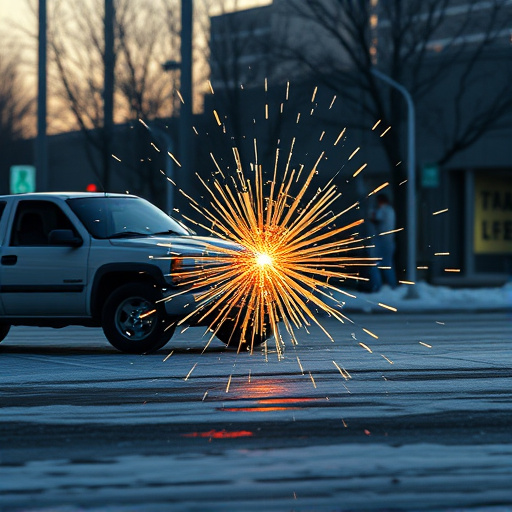
C-pillar damage from side impacts demands immediate, specialized attention for vehicle safety. Effic…….
In the ever-evolving realm of automotive engineering, ensuring structural integrity and safety remains a paramount concern. Among the critical components that contribute to vehicle stability is the C-pillar—a structural element that connects the roof to the side body panels, providing lateral support. Over time, these pillars can suffer damage due to various factors, necessitating repair or replacement for both safety and aesthetic reasons. This article delves into the intricacies of C-pillar repair, exploring its significance, global impact, technological innovations, regulatory landscape, challenges, and future prospects. By understanding this critical aspect of vehicle maintenance, readers will gain valuable insights into a process that is revolutionizing automotive upkeep.
C-pillar repair involves the meticulous restoration or replacement of the C-pillar, a structural beam found in most vehicles. Its primary functions are to maintain roof integrity, support side impact resistance, and ensure overall vehicle stability. The C-pillar comprises several key components:
The concept of C-pillar repair gains its relevance from the evolution of automotive safety standards. Since the early 20th century, vehicle designs have undergone significant transformations, focusing on enhancing passenger protection in various crash scenarios. The C-pillar, as a crucial structural element, has been a subject of intense scrutiny and innovation.
Historically, early vehicles lacked sophisticated safety features, making them more susceptible to side-impact collisions, which often resulted in severe injuries or fatalities. As automotive technology advanced, engineers developed new techniques to mitigate these risks. The C-pillar repair process emerged as a critical component in achieving this goal, ensuring that even in the event of a collision, the pillar can withstand significant force and prevent catastrophic structural failure.
C-pillar repair is not limited to any specific region; it is a universal concern for automakers worldwide. The global automotive industry is a vast and interconnected network, with manufacturers constantly striving to meet safety standards while optimizing production costs. As a result, the demand for efficient and cost-effective C-pillar repair solutions has led to several international collaborations and technological advancements.
Key trends shaping the global C-pillar repair market include:
The C-pillar repair market is a significant segment within the broader automotive aftermarkets industry, which encompasses various spare parts and service sectors. This market is dynamic, influenced by factors such as global vehicle production rates, safety regulations, and consumer preferences for vehicle maintenance and customization.
Automotive manufacturers invest heavily in research and development (R&D) to enhance vehicle safety and performance, driving innovation in C-pillar repair technologies. Key investment areas include:
The global C-pillar repair market is projected to witness substantial growth in the coming years, driven by several factors:
| Factor | Description |
|---|---|
| Increasing Vehicle Sales | Rising global vehicle production and sales, particularly in developing regions, will drive demand for C-pillar repairs. |
| Safety Regulations | Stricter safety standards across regions are compelling automakers to invest in advanced repair techniques, fostering market growth. |
| Aftermarket Services Expansion | The growing preference for aftermarket services and custom vehicle modifications will increase the need for C-pillar repairs as vehicles age. |
| Lightweight Vehicle Design | The increasing adoption of lightweight materials in vehicle construction presents new opportunities for specialized repair methods. |
The introduction of automated repair systems has revolutionized C-pillar repair, offering:
Digital technologies play a pivotal role in modern C-pillar repair processes:
Automotive safety regulations govern every aspect of vehicle design and construction, including C-pillar repair. Key global standards include:
Regulatory bodies play a critical role in dictating the repair methods and materials used in C-pillar repairs:
Despite significant advancements, C-pillar repair faces several challenges:
Criticisms of C-pillar repair include:
Overview: A premium automotive brand faced challenges in repairing C-pillars on its high-end sedans due to the complex design involving composite materials.
Solution: The company invested in advanced robotic repair systems capable of handling intricate composite repairs. They also developed proprietary software to scan and analyze pillar damage, ensuring precise repairs.
Outcome: The automated system reduced repair times by 40% while maintaining structural integrity. Customer satisfaction increased due to consistent quality and faster turnaround times.
Challenge: A volume-focused automaker struggled to balance cost-effective C-pillar repairs with safety standards for its fleet of compact cars.
Strategy: They implemented a modular repair system, using standardized components and techniques for common damage types. This approach reduced labor costs and improved consistency in repairs.
Result: The modular system provided a 25% reduction in repair times and labor costs while ensuring compliance with safety regulations.
Scenario: A growing trend among vehicle owners is customizing their cars with aftermarket modifications, potentially impacting structural integrity.
Solution: Aftermarket parts manufacturers are developing specialized repair kits tailored to common modification scenarios, allowing owners to restore their vehicles’ safety systems while maintaining their desired aesthetics.
Impact: These kits provide a convenient and affordable solution for vehicle owners, ensuring that repairs meet safety standards without compromising customization.
The future of C-pillar repair lies in the seamless integration of technology:
As environmental concerns grow, the automotive industry is focusing on sustainability:
The digital transformation is transforming how vehicles are maintained:
C-pillar repair is a dynamic field that continues to evolve with technological advancements and changing global trends. As automakers strive for safer, more efficient vehicles, the demand for innovative repair solutions will remain high. The future holds immense potential for C-pillar repair technologies, offering improved efficiency, enhanced safety, and sustainable practices. By embracing these developments, the automotive industry can ensure that vehicle maintenance keeps pace with its rapid evolution while prioritizing customer safety and satisfaction.
Q: How do I know if my C-pillar needs repair?
A: Signs of damage include visible deformities, cracks, or misalignments in the pillar. If you’ve been in a collision or notice reduced roof integrity, it’s crucial to have it inspected by a professional.
Q: Are there DIY kits available for C-pillar repair?
A: Yes, various DIY kits cater to common repair scenarios, offering affordable solutions for minor damage. However, complex repairs often require professional expertise.
Q: Can repairing the C-pillar affect vehicle resale value?
A: Properly documented and executed repairs should not significantly impact resale value. In fact, demonstrating maintenance history can be beneficial in attracting buyers.
Q: What are the environmental considerations in C-pillar repair?
A: The industry is moving towards eco-friendly practices, using sustainable materials and implementing recycling programs to minimize the ecological footprint of repairs.
Q: How do I choose a reliable repair shop for my vehicle’s C-pillar?
A: Look for shops with certified technicians, favorable customer reviews, and use of high-quality parts. Ensure they stay updated on the latest repair technologies and industry standards.

C-pillar damage from side impacts demands immediate, specialized attention for vehicle safety. Effic…….
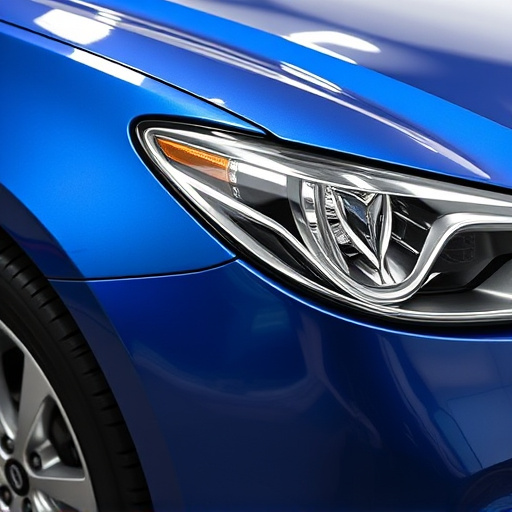
C-pillar repair is a critical automotive process focusing on structural integrity and safety. Effici…….
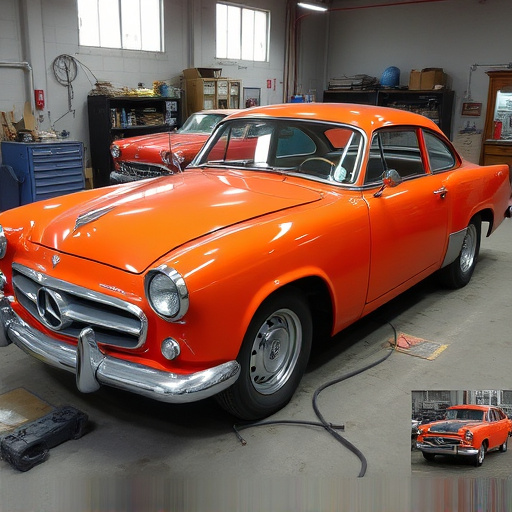
The C-pillar, a vital structural component in vehicles, requires prompt repair upon damage to mainta…….
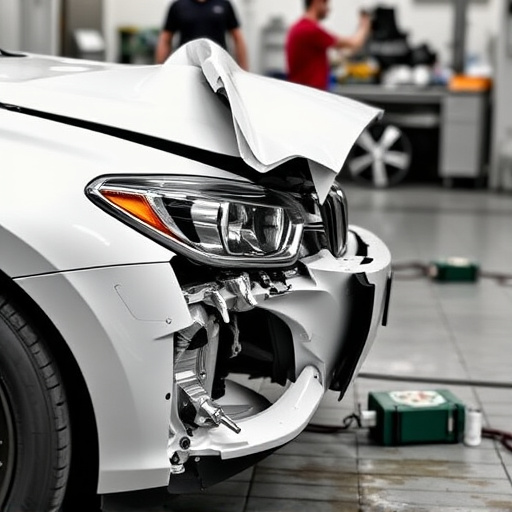
C-pillar repair is a specialized automotive process focused on restoring structural integrity of veh…….
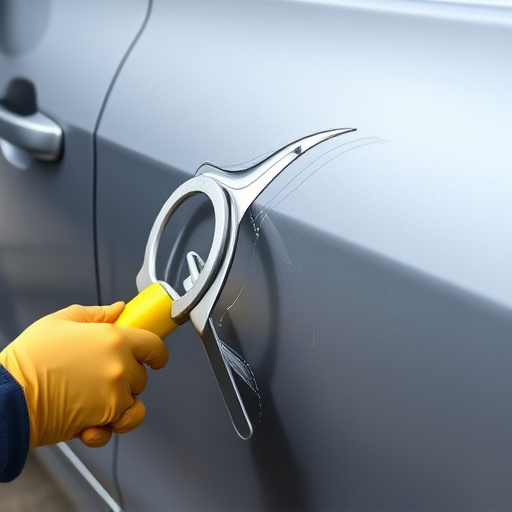
C-pillar repair is vital for vehicle safety and aesthetics, addressing damage from accidents and rou…….

C-pillar repair in hybrid and electric vehicles (HEVs) is a specialized field due to these cars'…….
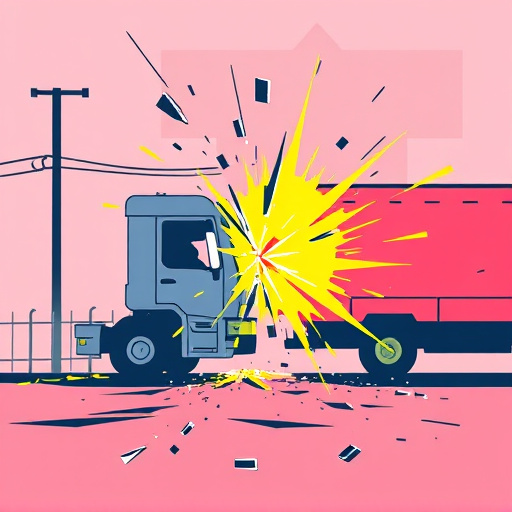
C-pillar repair is a specialized service crucial for restoring structural integrity and aesthetic ap…….
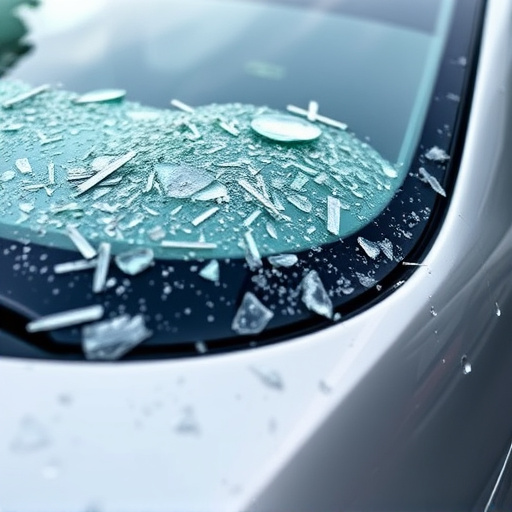
Prompt and professional C-pillar repair is crucial for vehicle safety and structural integrity. Skil…….
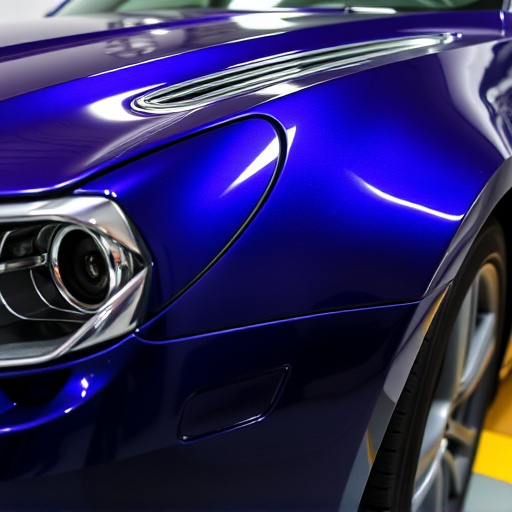
C-pillar repair is a specialized car body restoration focusing on structural reinforcement after dam…….
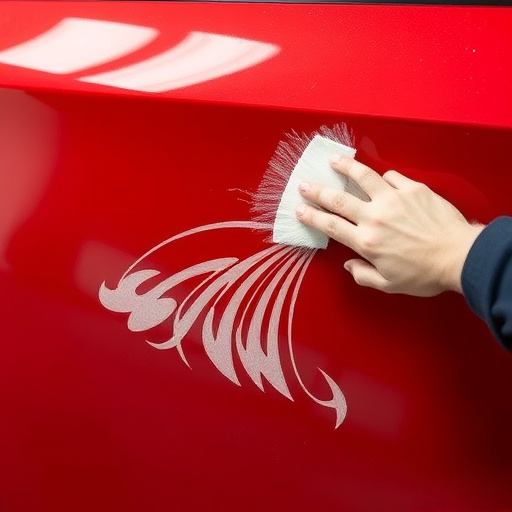
C-pillar repair is crucial for automotive restoration, addressing structural damage that affects saf…….